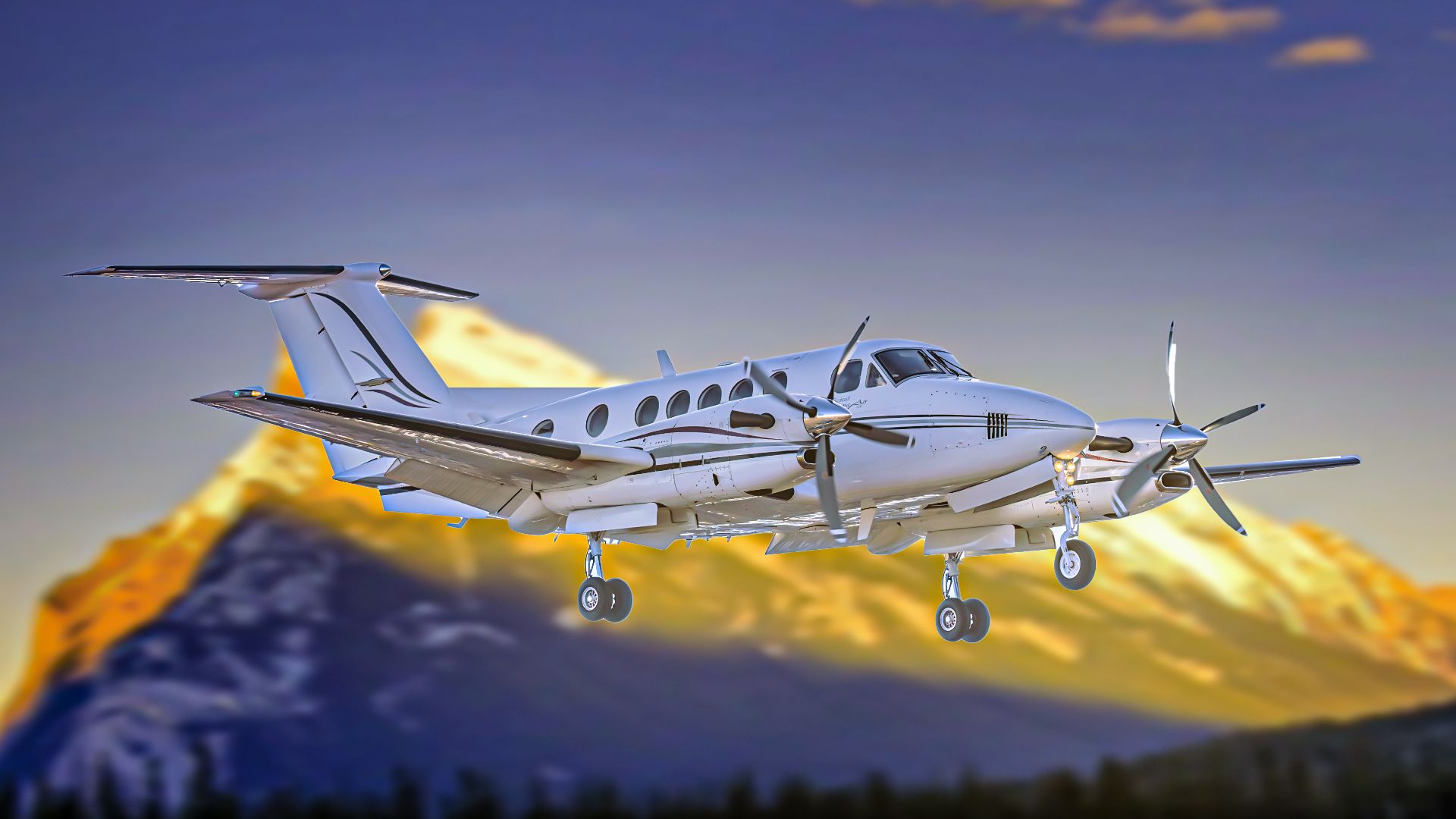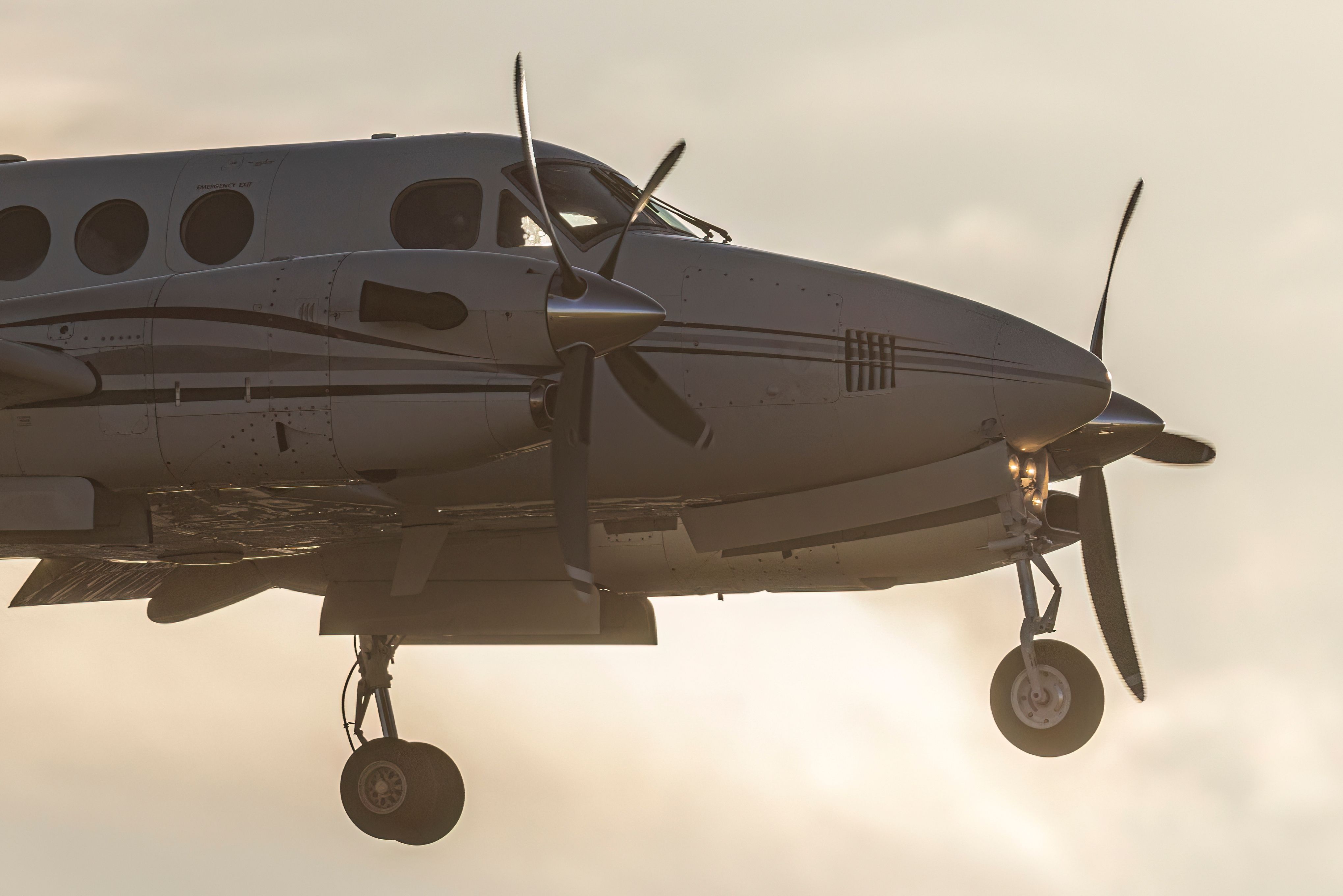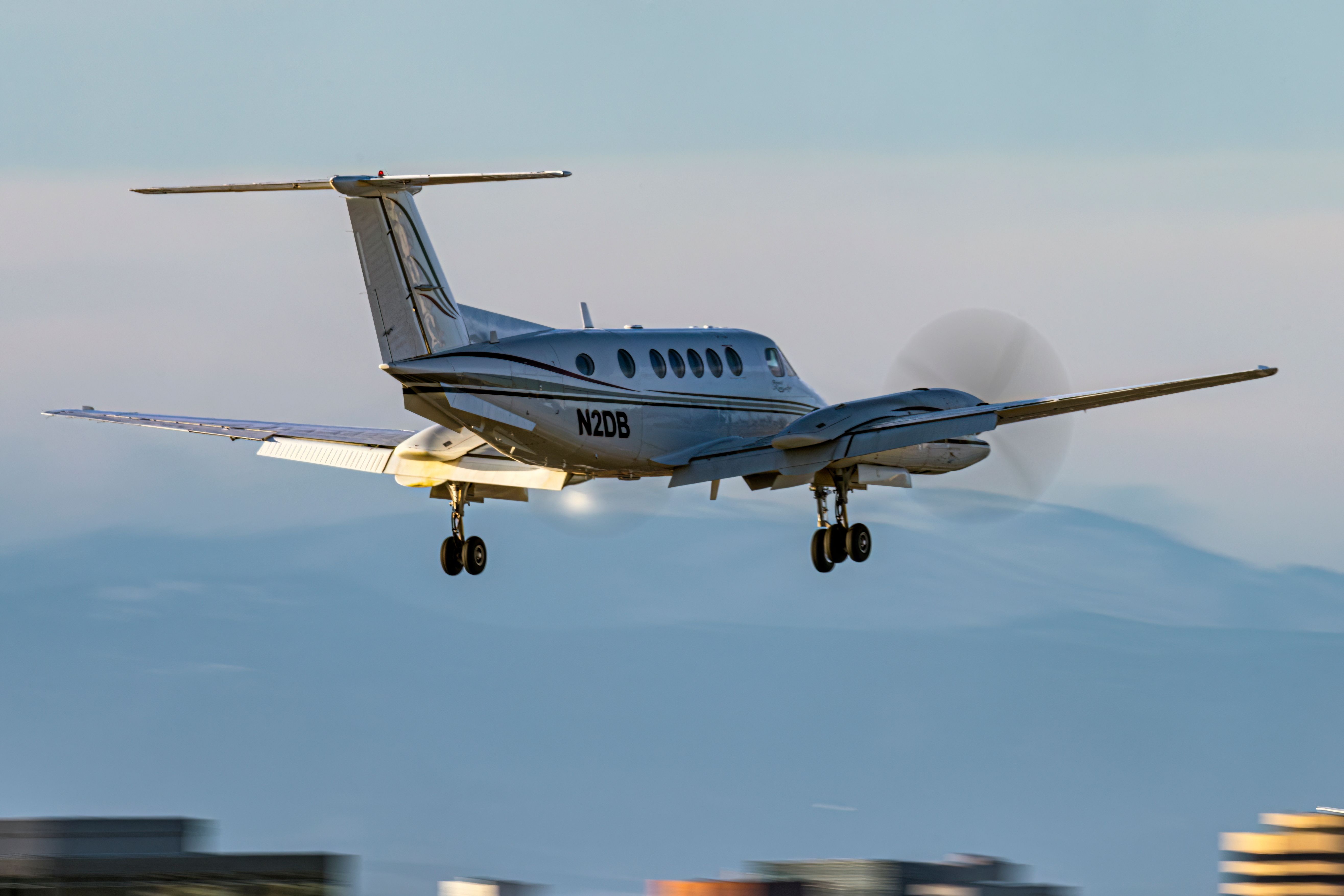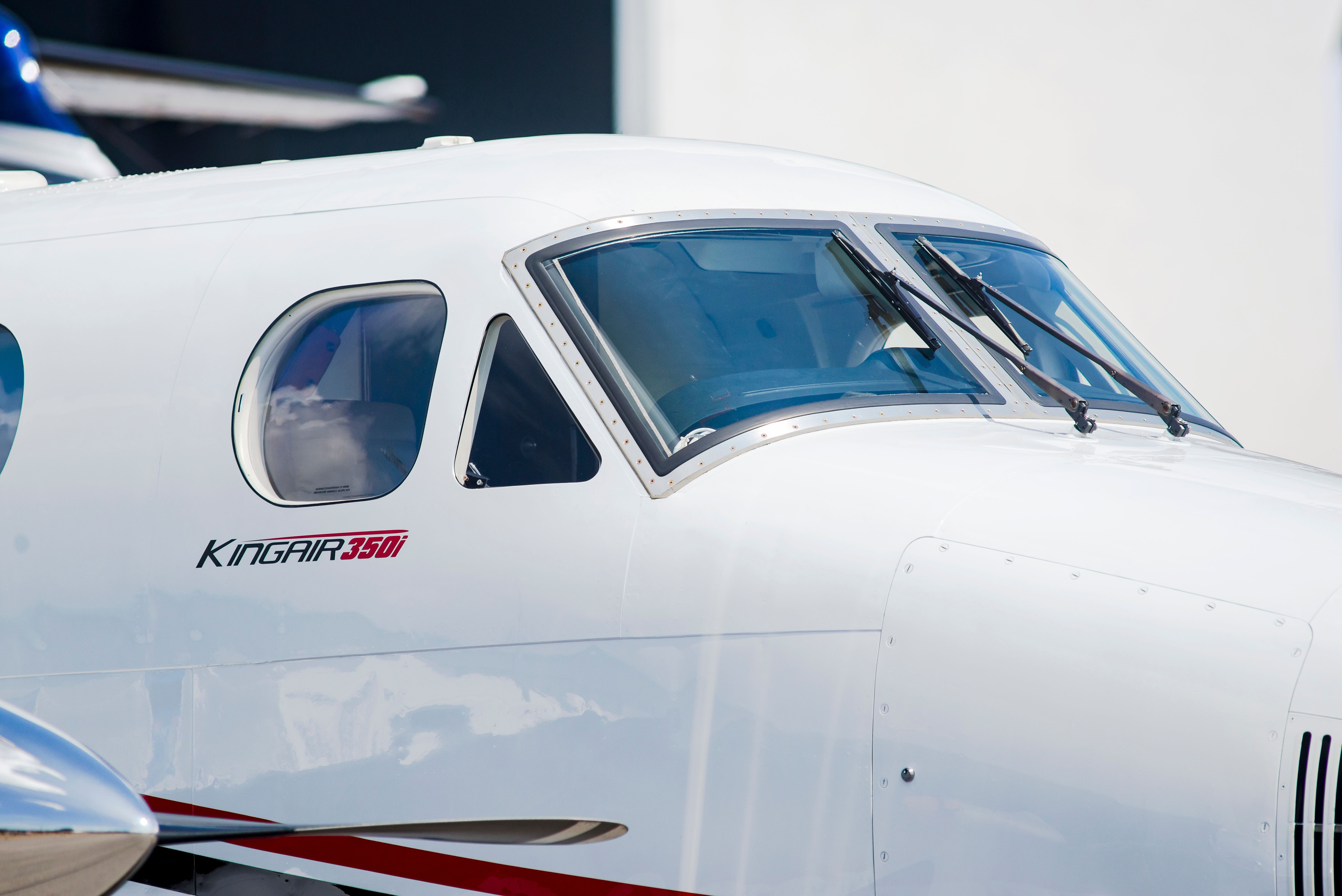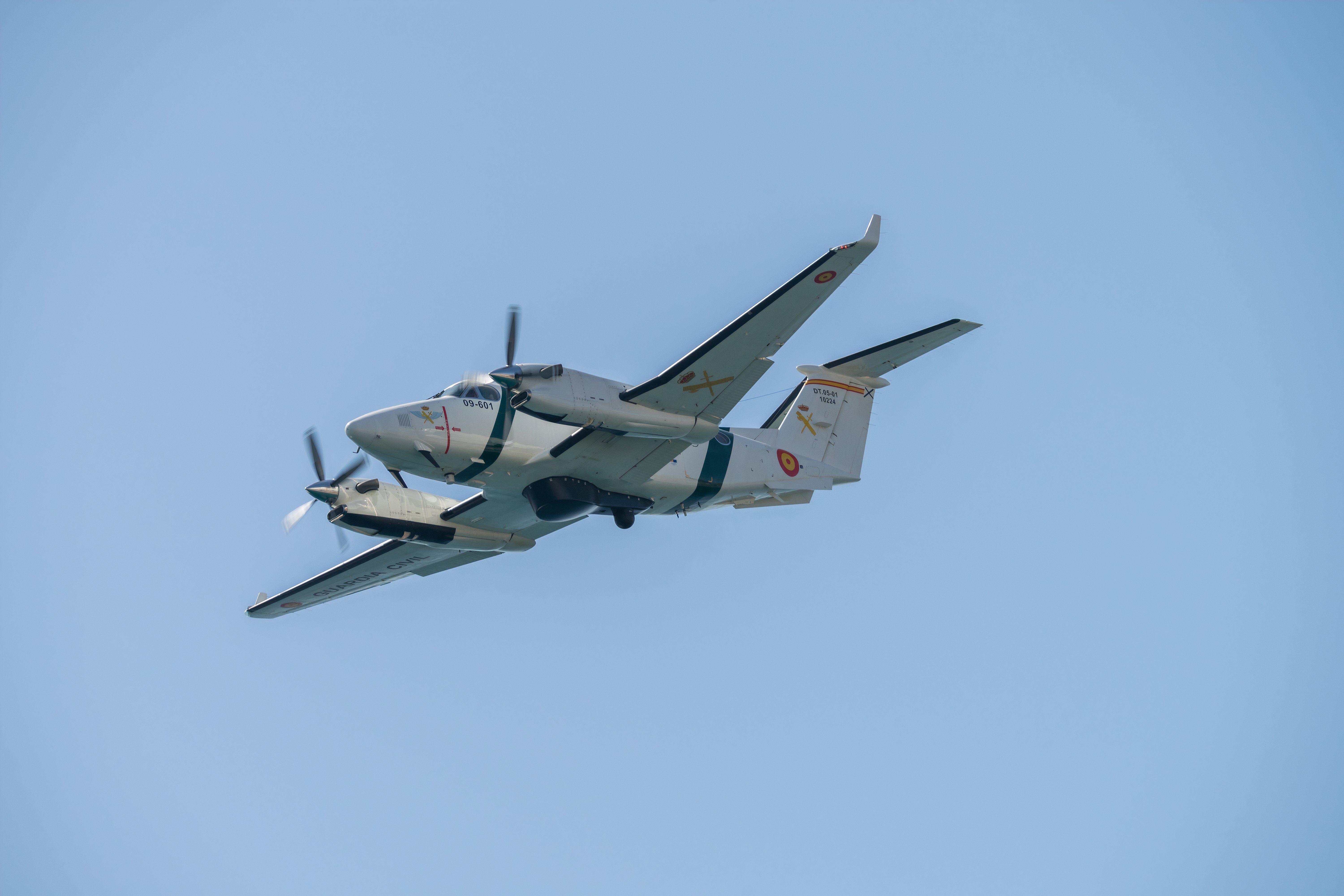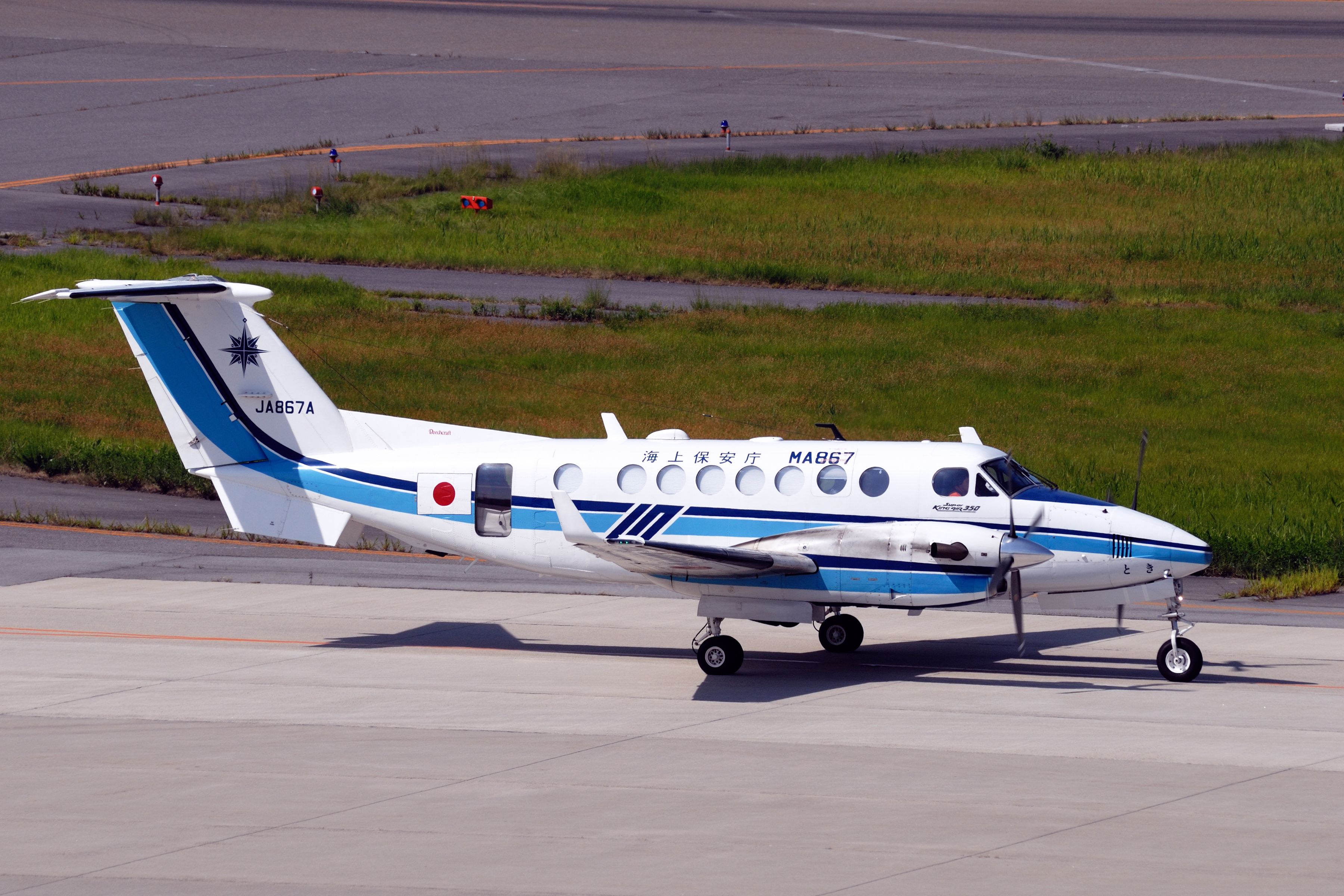Beechcraft is considered to be one of the “Big Three” general aviation aircraft manufacturers alongside Cessna, which is owned by the same parent company, Textron Aviation, and Piper Aircraft. The Wichita, Kansas-based company was originally founded in 1932. Since its inception, the company has flourished by manufacturing a wide variety of aircraft. This includes single engine propeller aircraft, like the Beechcraft Bonanza, to larger business jets, like the Beechcraft Premier. The company has seen success in providing its variety of aircraft to general aviation customers, cargo services, and charter companies.
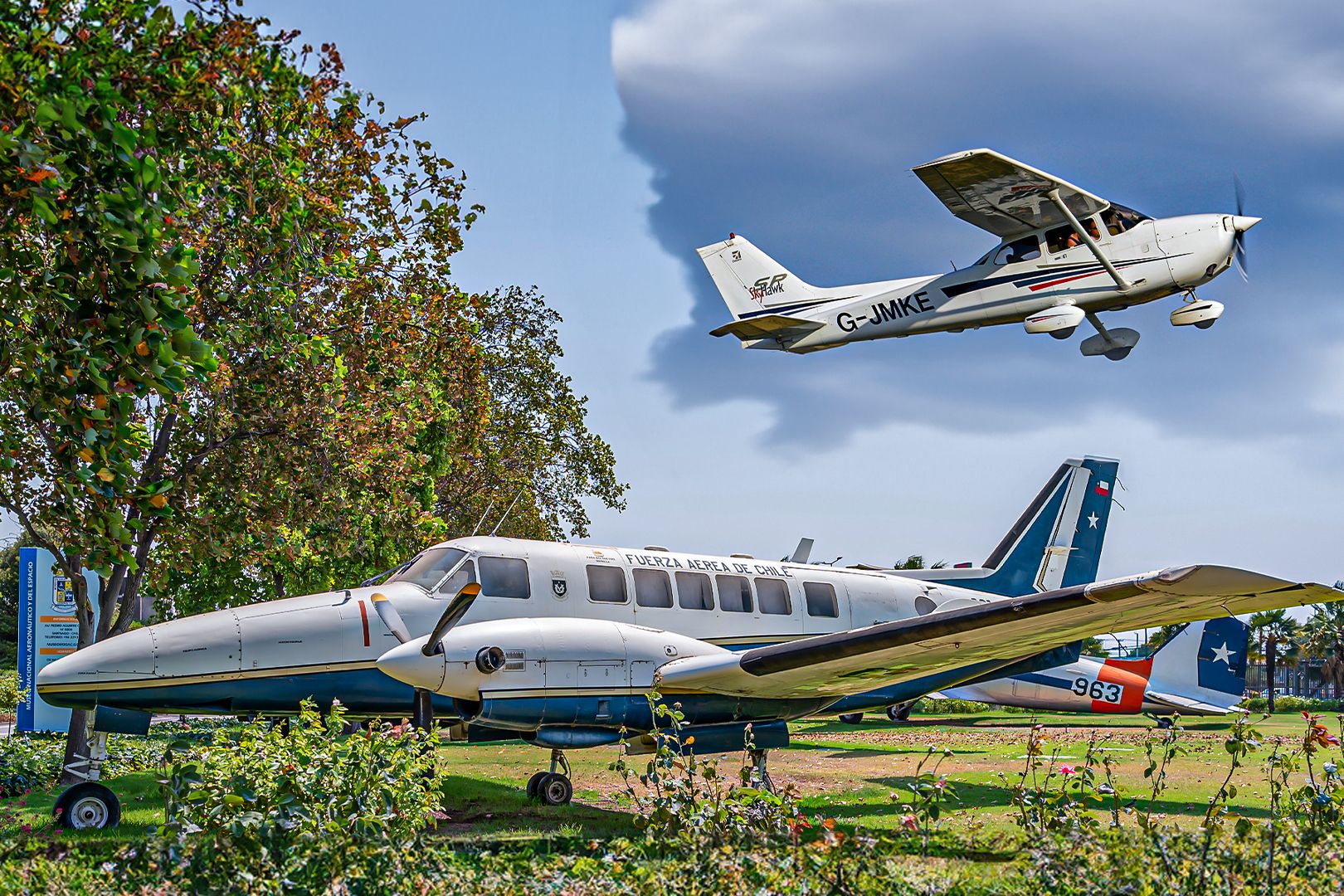
Related
Cessna And Beechcraft: A Look At The Parent Company Textron Aviation
Some of the most popular aviation brands come under Textron Aviation umbrella.
However, the company is most known for its turboprop series of aircraft, the famous King Air. This twin-turboprop aircraft was first developed in the 1960s. After some immediate success and several military contracts that spurred its popularity, Beechcraft released several upgraded variants. What was originally designated as the King Air Model 90 was eventually stretched into the King Air Model 100.
Eventually, Beechcraft introduced a larger and more powerful King Air 200 before introducing the King Air 300, designated as the Super King Air. The King Air 300 series, which spans the King Air 300, 350, and 360 variants, has been one of the more popular aircraft that Beechcraft has produced. Let’s take a closer look at some of the unique features that make the King Air 300 series so popular. The currently produced King Air 360 has the following specifications:
|
Length |
46 feet eight inches |
|---|---|
|
Height |
14 feet four inches |
|
Wingspan |
57 feet eleven inches |
|
Maximum takeoff weight (MTOW) |
15,000 pounds |
|
Maximum cruise speed |
312 knots (360 miles per hour) |
|
Range |
1,806 nautical miles (2,080 miles) |
|
Flight ceiling |
35,000 feet |
5
Powerful engines
Compared to the King Air 200 series, Beechcraft added new PT6A turboprop engines.
When Beechcraft introduced the King Air 300 in 1984, the aircraft utilized two Pratt & Whitney Canada PT6-60A turboprop engines, each providing over 1,050 horsepower. This was an upgrade from the King Air 200 series, which utilized the Pratt & Whitney Canada PT6A-52 turboprop engines, which only provided 850 horsepower each. Thus, the new engines increased the thrust by over 200 horsepower.
Photo: BlueBarronPhoto | Shutterstock
Along with the upgraded engines, Beechcraft also redesigned the cowlings that held the engines. The company redesigned and reshaped the engine air intake, which helped the aircraft become more efficient when flying.
4
King Air 350 upgrades
The King Air 350 included a stretched fuselage and the addition of winglets.
Photo: BlueBarronPhoto | Shutterstock
As per the naming convention of previous models, the King Air 350 was a larger variant of the King Air 300. Beechcraft added nearly three feet to the fuselage, allowing for a cabin that was 17 feet in total length. The larger cabin could fit up to eleven passengers in a double club seating configuration.
Beechcraft also added approximately 3.4 feet to the wingspan. The majority of this additional length was due to the addition of winglets, which helped the aircraft fly with less drag and, therefore, fly more efficiently.
3
Improved interior in the King Air 350i
Beechcraft stated that the sound in the cabin of the King Air 350i was comparable to business jets.
One of the more recent upgrades to the King Air 300 series, the King Air 350i, was introduced in December 2009. This variant included a complete reset of the interior and the cabin of the previous King Air 350.
Photo: Thor Jorgen Udvang | Shutterstock
These major improvements included:
- Noise level comparable to light business jets (reduced the cabin sound level by four dB)
- Cabin controllers located in each passenger seat
- iPod docks with a high-definition video monitor
- USB ports
- AC electrical receptacles
- Fold-out tables for each passenger
2
Military variants
Several governments around the world have purchased King Air variants, with slight differences.
Photo: Carlos Calvo Torregrosa | Shutterstock
The King Air 300 series has historically found success with military and government contracts. One of the first military variants of the King Air 300 was delivered to the Swiss Air Force. This modified aircraft had a belly that allowed for aerial photography. Several King Airs were converted to navigator trainers for the Royal Australian Air Force (RAAF) and the Australian Army. Currently, the RAAF operates sixteen King Airs in its fleet. The Japanese military also operates the 300 series as a reconnaissance and communications aircraft. Other military operators include the Royal Bahamas Defense Force, the Iraqi Air Force, the National Oceanic and Atmospheric Administration (NOAA), and several branches of the United States Army.
1
Extremely heavy maximum takeoff weight
The King Air 300 featured a maximum takeoff weight (MTOW) of 12,500 pounds.
When the King Air 300 was introduced, it was one of the largest twin-engine turboprop aircraft at the time. The King Air 300 made significant improvements to the King Air 200, including more powerful engines, that allowed the maximum takeoff weight (MTOW) of the King Air 300 to be raised to 14,000 pounds. However, many countries have restrictions on the MTOW of this type of aircraft, which was typically set at 12,500 pounds.
Due to its heavy MTOW, Beechcraft would be unable to market the extremely heavy King Air 300. To solve this, Beechcraft created a new variant, designated the Model 300LW, in parallel with the King Air 300. The King Air 300LW had a limited MTOW of 12,500 pounds to sell in all countries. Just under 20 of the lightweight variants were created. When it introduced the larger variant, Beechcraft created a similarly designated King Air 350LW.

